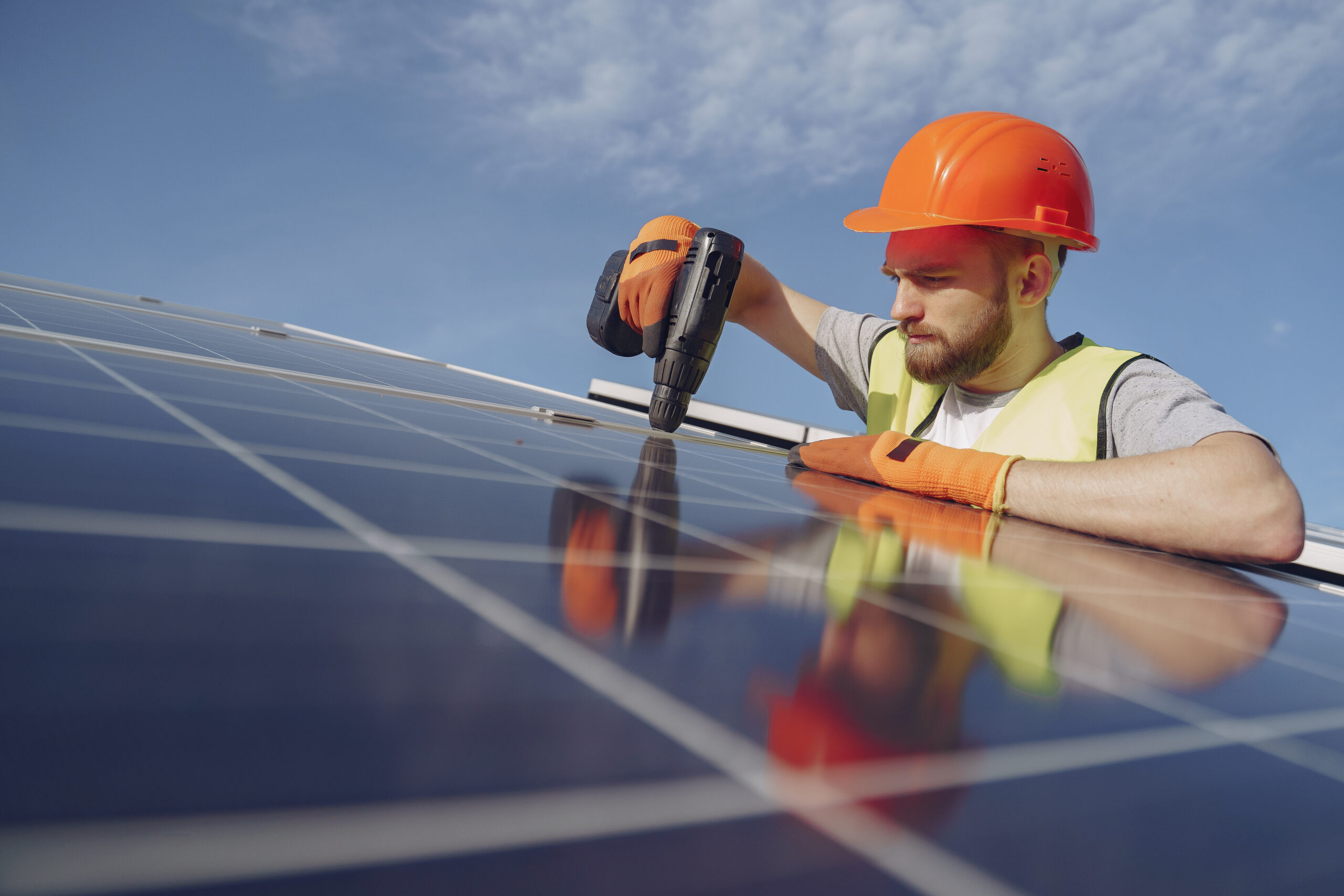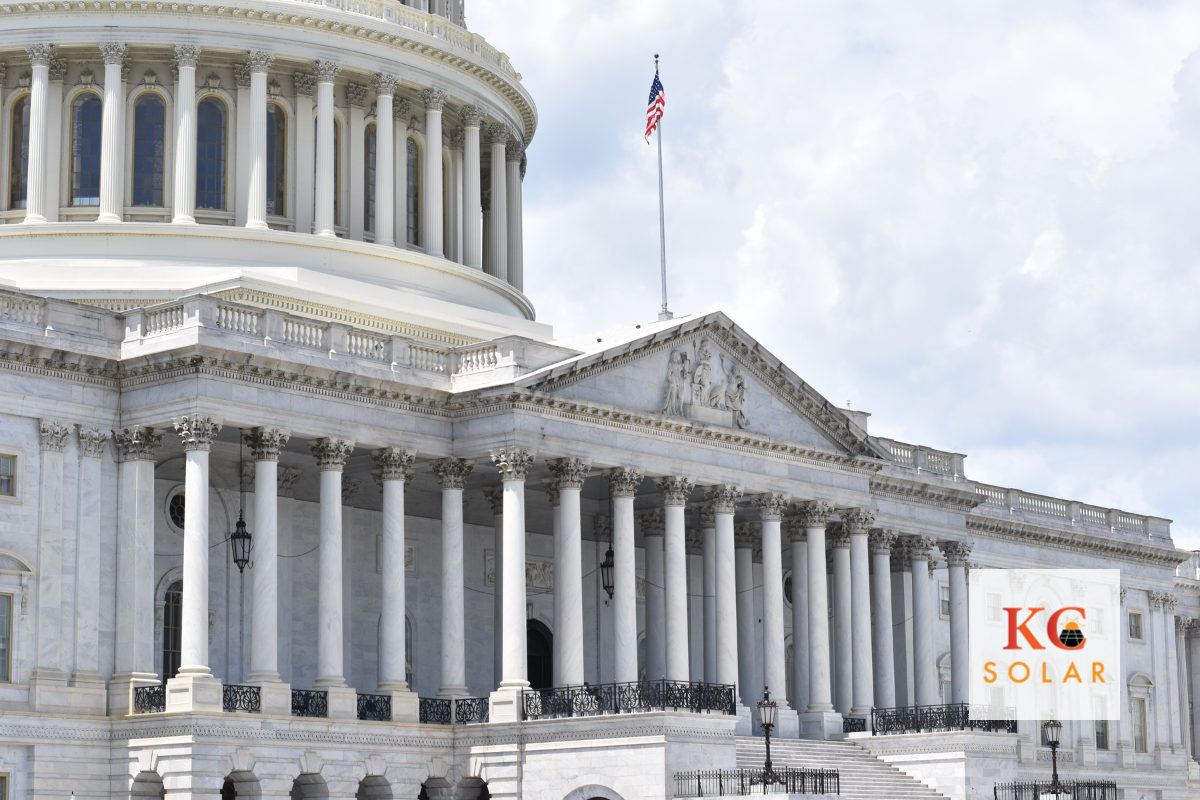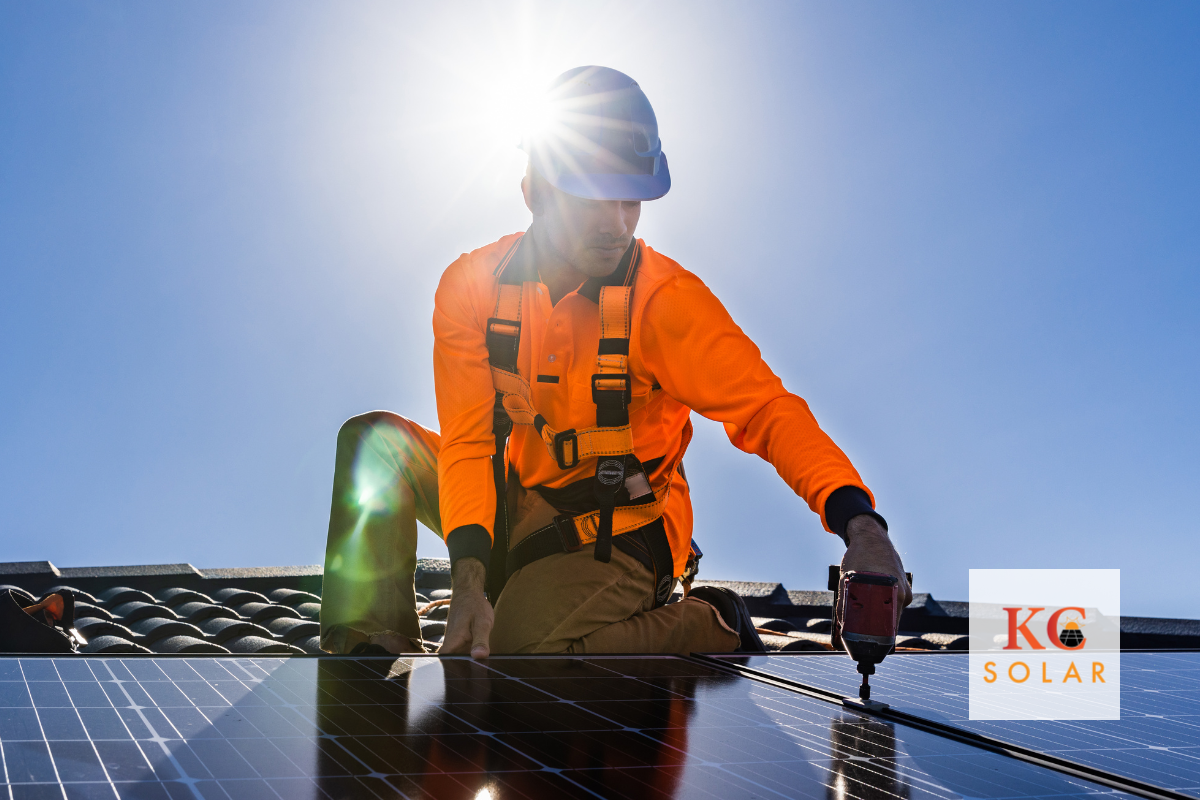The overall cost for average Americans to buy solar panels is decreasing every year. And more people want solar energy. In fact, according to the Pew Research Center, 92% of Americans favor expanding solar energy. With cost-saving benefits trending up as at the same time, more attention is paid to innovation in the solar industry. So to help address your questions, we’ve assembled the following solar panel buying guide.
While the desire to switch to solar is here in the United States, there are important factors and information to consider and understand as you look to begin buying.
How Are Solar Panel Savings Determined?
The amount of money you save generally depends on the amount of energy you consume, and the size of the installed system. Your local electricity rates also factor into the cost versus benefit. Finally, rates can vary depending on your location.
The state of Missouri enjoys upwards of 200 sunny days per year and the related power output rivals that of the average power resources of Germany. And it is considered the global leader of solar energy production.
The cost of electricity in Missouri on average can be 11 to 14 cents per kilowatt hour (kwh) on average. Because of this, Missouri is ranked 26 on the list of Annual Average Price per kwh by State as of 2018, according to the Energy Information Administration. Kansas is ranked 35. The list is led by Louisiana, Arkansas, and Washington with rates that rest between seven to eight cents per kwh.
There are a number of great resource for homeowners to determine accurate estimates on how the panels could perform and cost/benefit considerations.
And it could be in your best interest now. Why? Because tax incentives may not last forever and electric companies in general do not have the best interests for the environment or your budget in mind — as you can expect rates to continue to rise.
Financial Considerations Before You Buy
When you decide to purchase, there are a multitude of options available to ensure your home is outfitted with the proper equipment and you’re able to afford it.
The financing options can differ depending on the service you end up choosing. Also the federal tax credit can vary according to your location. With KC Solar, we can provide a pathway to saving for your future and opportunities for federal tax credits. KC Solar also offers 0 percent down on solar loans.
Solar loans function similarly to the home improvement loans (if you have familiarity with those loan products). Another option? Homeowners can also add solar to their mortgage through the Federal Housing Administration. And, if the cash flow is available, the best option can be paying cash or existing funds and avoiding financing.
Most electricity companies offer solar energy through their services as well, but those offerings require consumers to pay premiums that are added to your bill. Not a very cost-effective solution. As we mentioned previously, they’re not really working on your behalf and do not want you to spend less money with them. Furthermore, they often do not support the industry through policy-making
So, they may offer solar for your home, but look to cut out the electricity company middlemen.
Finally, ‘DIY-ing’ solar energy can be a solution for adding solar panels to your home. While someone could tackle the task, most people don’t. First, they’re learning a new installation process that they’ll likely use once. Also, DIYers more likely run the risk of an improper installation. This will often result in a reduced benefit from the aforementioned estimated savings.
Types of Solar Panel Systems
First, solar energy on a basic level involves using the sun’s energy to produce electricity. This is called the photovoltaic process. It can sound complicated, but really there are four main parts that are critical to solar installations.
Panels (photovoltaic solar panels), the inverter that converts the energy, the structure holding the panels to your roof, and then the wiring that connects the pieces together.
And though the overall layout is simple in its foundations, there are three main types of solar panel designs and the subtle differences between them can alter the results you’re looking for.
Three Solar Panel Designs
- The first system — String inverters, which can be the cheapest to install, but the most inefficient when it comes to energy production and durability. When one panel is affected by shade or debris, every other panel is impacted. Also, the panels generally need to face the same direction and angle which can be limiting based on your home’s overall shape and needs.
- Power optimizers can be integrated to string inverters to create the second system. The optimizers are integrated into each panel and are, essentially, add-on costs that can result in low power efficiency. The benefits of power optimizers? The systems often see less of an impact from shading and usually offer individual panel-level monitoring at a lower cost. But it often doesn’t measure up in the long run.
- The last system type — and the most recommended by KC Solar — is the micro inverter system. The micro inverter system performs at a high efficiency and are the simplest to install. Using system-wide and panel level monitoring enables the consumer to pinpoint any specific problems like fraying of wires or the identification of debris that may be impeding the power process. The micro inverter is a part that will likely need replacing after a certain amount of years. This is the only add-on cost.In the short run, Micro inverter systems are going to be marginally more expensive. But at the end of the day, they can give you the most power and efficiency.
Types of Solar Panels to Buy
Solar panels generally come in two colors: black or blue. The color has to do with the type of silicon that is used in the solar cells. Blue panels use polycrystalline and an anti-reflective coating that helps with power production.
At KC Solar, we generally only offer black-on-black panels that use monocrystalline in the cells. Why the black panels? Black panels are naturally more efficient because black absorbs the most sun rays of all the colors. The higher wattage modules help with power efficiency as well. In addition to the output benefits, the black panels often blend into dark roof shingles more easily.
If you feel that the options are limiting, KC Solar works with Sistine Solar to provide Solar Skins. Solar Skins is an innovative solar technology that is designed to blend into the roof of your home with seamless integration, without sacrificing efficiency. An important consideration to keep in mind is the aesthetics of your home. Solar Skins can help.
The technology can serve as an added protection layer for your home. And if you’re looking to make a statement … Solar Skins can provide patterns or prints that add a fun atmosphere to your home’s appearance.
Contact us at KC Solar with any questions about your options.
Mounting Options
Once you decide what kind of panels and systems you’d like to use, the final step is choosing the placement of the panels on or near your home.
There are two main options: the ground mount or the roof mount. The roof mount is the most common, but the ground mount can be a great solution for those with a little more space and room on their property.
The ground mount is one where the placement is determined by the lowest chance of possible shading that could occur. Because the mounting process can add a significant amount to your bill, a common choice is the ground mount option with the string inverters system to save some money.
Usually there is more space involved with the use of a ground mount. This can help provide more room for the right positioning of the panels. It also can increase power to the home, which may offset the cost of the mount approach. Ground mounts are typically easier to maintain, too.
Depending on the size and angle of your home, a roof mount can limit your options for positioning. However, this process is usually less expensive. In mounting on your roof, the panels are taking up already unused space whereas the ground mount can take up a lot of real estate on your property.
KC Solar can walk you through what is best for your home and what positioning options are available to you should you choose to mount the system on your roof.
Talk to Us About Your Buying Options
All of these considerations are important to take into account. And you will want to factor in what’s best suited for your home, specifically.
KC Solar can help walk you through what’s most affordable and most efficient to make your commitment to sustainable energy the best experience possible.
If you are looking for the best solar company in Kansas City, look no further than KC Solar. They are your local Kansas City solar panel installation experts. Once you schedule a no-pressure site visit, our experts will help you understand what solar system specifications would be best for your home or business.
KC Solar is the only local solar company in Kansas City with KC natives who own and operate the daily activities of the business. What does that mean for you? We care about you because we care about this city, and we only want the best for it.
And be sure to download our Free Solar Panel Buying Guide for more information.
We look forward to serving you!






